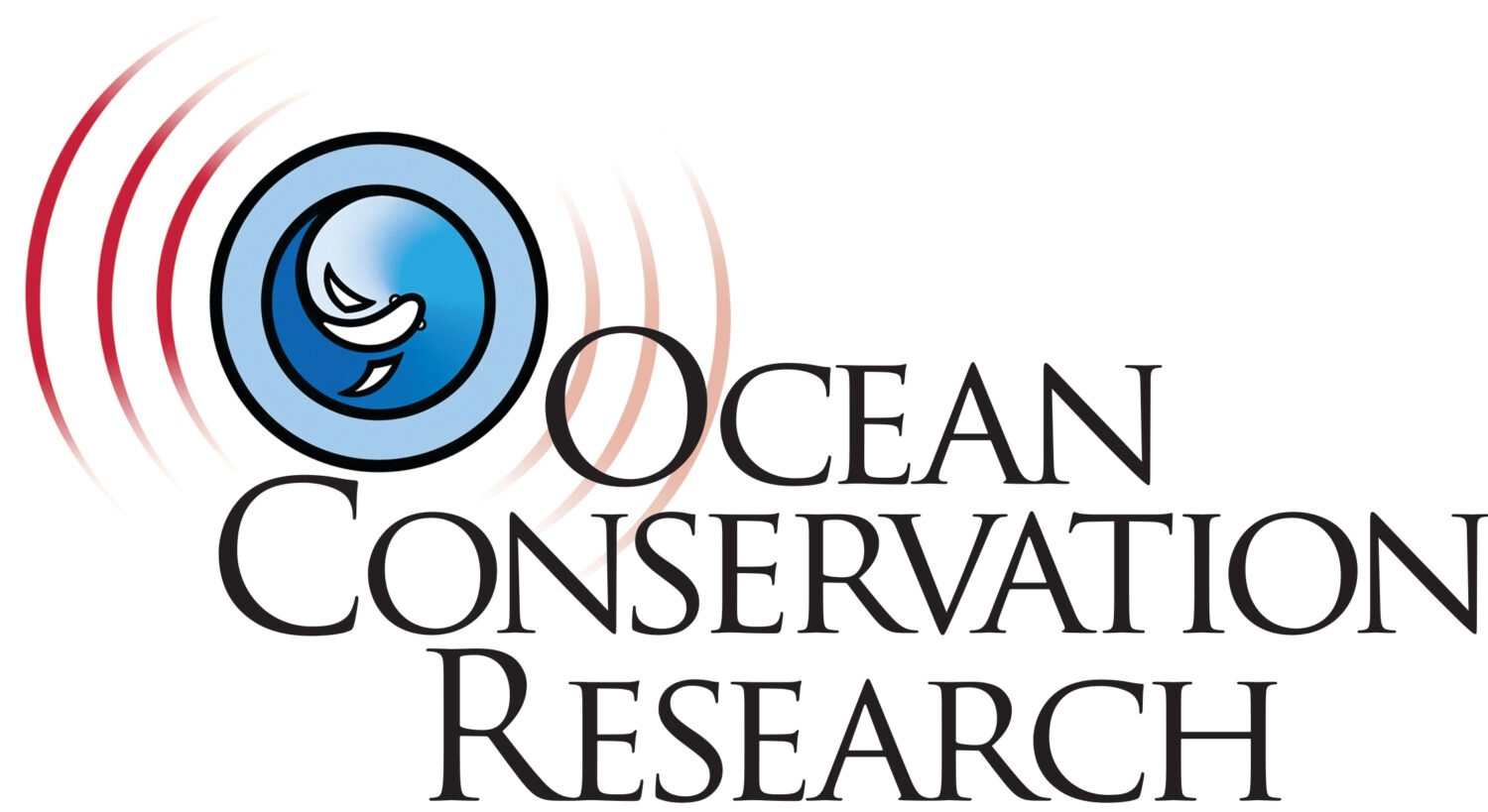NOAA Fisheries 2024 “Acoustical Guidance” review.
 Auditory Weighting Functions for Low, High, and Very High Frequency Cetaceans
Auditory Weighting Functions for Low, High, and Very High Frequency Cetaceans
We’ve just submitted our review and critique of the “2024 National Marine Fisheries Acoustical Guidance,” which, under the Marine Mammal Protection Act (MMPA), establish the regulatory thresholds used to determine permissible impacts in exposing marine mammals to anthropogenic noise.
These guidelines started emerging in the mid-late1990’s as it became apparent that the noises we humans were injecting into the sea were probably having some impacts on the animals living there. The regulatory instrument used was the Marine Mammal Protection Act (MMPA), a regulatory platform drafted in 1972 expressing our collective empathy for our fabulous marine mammal relatives.
The first ocean noise exposure regulations came up in the 1990’s and were pretty rudimentary; set up to assure that the noise we made didn’t exceed levels that scientists knew would damage marine mammal hearing. But at the time the data used were limited.
After the notorious “Bahamas Stranding” in 2000, the public started paying attention – driving more focused research on anthropogenic noise pollution. Much of this research was being funded by the US Navy – because they “laid the egg.”
Although in the first few years the research data was not making it into the regulations. This was for a couple of reasons. First; the Navy was publicly identified as the main ocean noise perpetrator because of the Bahamas Stranding (and the many other subsequent military sonar-associated strandings). Their response was to fund research to understand the problem. But – and this is my informed opinion, the Navy didn’t want the results published, because it didn’t look that good for them.
So the academics who were doing all the work had their hands tied between juicy research funding, and the “publish or perish” paradigm. Thus the data, not being published, was not informing the regulations.
The second fly in the ointment was (and still is) that the regulatory agency – NOAA Fisheries (also called “National Marine Fisheries Service or NMFS) is under the US Department of Commerce. This means that the products of their efforts need to inure to US economic benefit. Given that the majority of ocean noise pollution is being generated by industry, environmental regulation rarely translates into more money for those who make the most noise…
A couple of things started shaking things loose. Regarding the US Navy: after a few years of being blamed by the public for all marine mammal strandings, I believe they came to terms with the fact that mitigating for bad public opinion was more costly than just doing the right thing. So they continued funding the research, allowing publication, and adopting mitigation practices informed by the research.
But another thing we do is review proposed “updates” of federal documents, required every five years to make sure the regulations reflect the ‘best available science.’ Predictably the 2024 “Updates” remain at least a decade behind the “best available science…”

